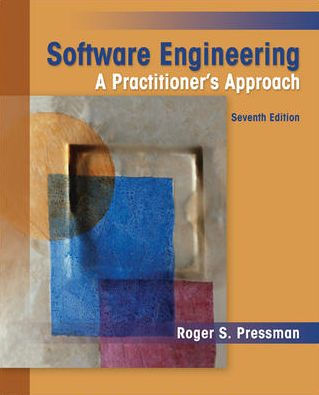5
1
9780073375977


Software Engineering: A Practitioner's Approach / Edition 7 available in Hardcover

Software Engineering: A Practitioner's Approach / Edition 7
- ISBN-10:
- 0073375977
- ISBN-13:
- 9780073375977
- Pub. Date:
- 01/20/2009
- Publisher:
- McGraw-Hill Higher Education
- ISBN-10:
- 0073375977
- ISBN-13:
- 9780073375977
- Pub. Date:
- 01/20/2009
- Publisher:
- McGraw-Hill Higher Education

Software Engineering: A Practitioner's Approach / Edition 7
$233.33
Current price is , Original price is $233.33. You
$233.33
This item is available online through Marketplace sellers.
$71.07
This item is available online through Marketplace sellers.
233.33
Out Of Stock

Product Details
| ISBN-13: | 9780073375977 |
|---|---|
| Publisher: | McGraw-Hill Higher Education |
| Publication date: | 01/20/2009 |
| Edition description: | Older Edition |
| Pages: | 928 |
| Product dimensions: | 7.90(w) x 9.20(h) x 1.50(d) |
About the Author
From the B&N Reads Blog

